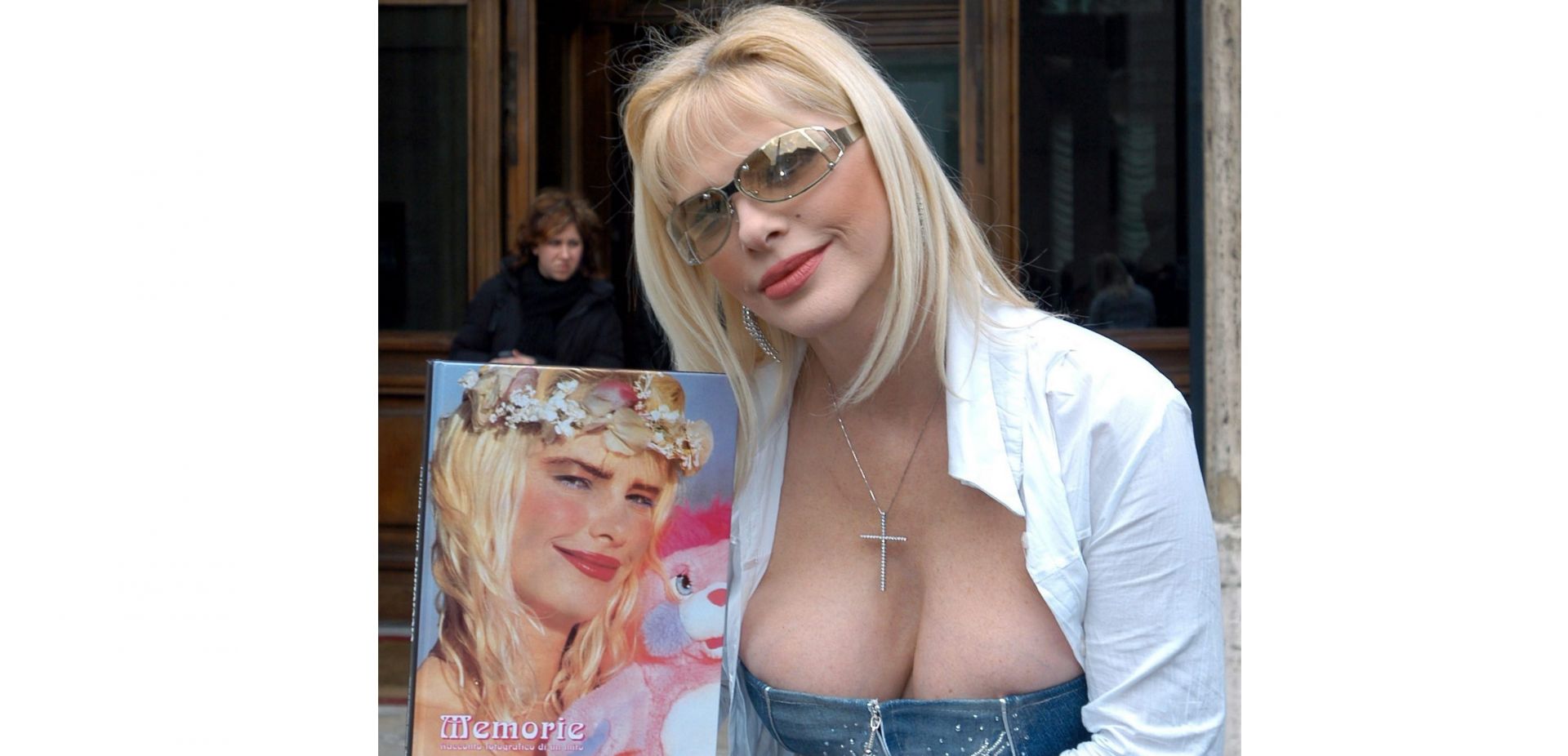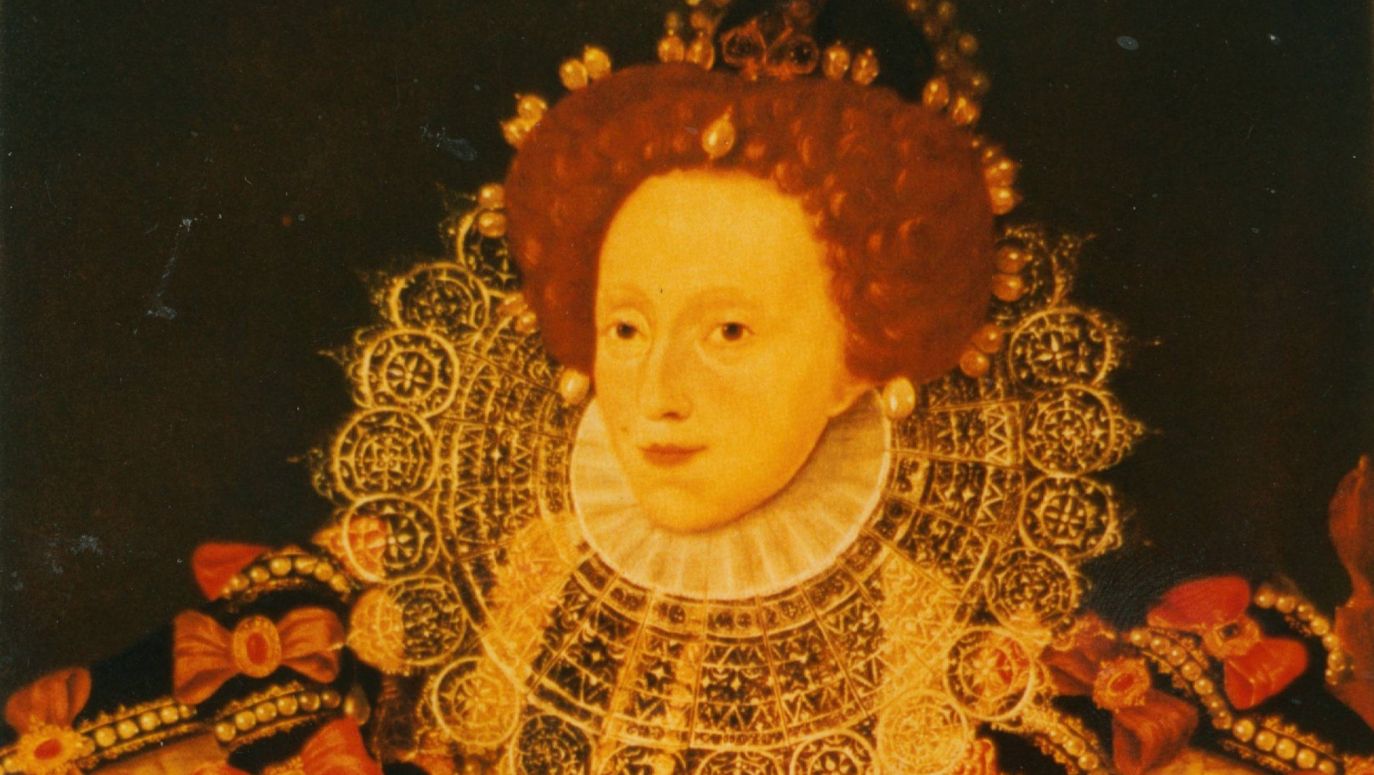Nonetheless, in the 16th century, to die at the age of 70, one was considered a Methuselah. And this is exactly what happened to England's most famous queen. Legend has it that when dying she refused to lie down in bed and remained sitting until her last breath.
I think she was an exceptionally strong woman – not to mention her other strong points.
I would like to turn attention to the physical aspect of being a female ruler in the old days – something that in a sense is also important today.
 SIGN UP TO OUR PAGE
SIGN UP TO OUR PAGE 
The necessity of wearing a distinctive outfit often required a significant physical effort.
Elizabeth I knew from the very beginning how to emphasize her dominant position. The tall and slender figure given her by nature was not enough to dazzle subordinates. Jewels, attached to wigs and decorative clothes, were used for exactly this purpose. Her outfits sometimes weighed more than a dozen kilograms. Yet it was thanks to them that she looked like "starlight" and her entrances to the public arena would literally blow the audience away.
Do contemporary ladies competing for the highest state offices have to try to create a smilar impression as the Virgin Queen? In terms of the visual sense – the answer is yes.
Marina Abramović (the so-called "grandmother of performance") once presented a performance-for-video entitled "Art must be beautiful, a female artist must be beautiful". The lesson can also be applied to the political sphere. No female candidate for leadership can offend the sense of sight or aesthetics.
Italian DNA
DNA is the name the Italian porn actress gave to the party she founded. Ilona Staller, otherwise known as Ciocciolina (meaning Little Chubby Darling), was born in Hungary in 1951. The platinum blonde with breasts like balloons had a lot of erotic experience and was very media savvy.
She began flirting with politics in 1979, running as a candidate for the Green Party. Then for a few years she was a member of the Radical Party that supported abortion, contraception, pornography, drugs and divorce. But the actress turned out to be even more radical, for example, offering sexual services to the then leader of Iraq, Saddam Hussein, in exchange for the release of hostages captured during the Persian Gulf War. In 1985, she was the first porn star to be elected a member of the Italian parliament, representing the above-mentioned radical formation.
It didn't end there. Ciocciolina was just getting started. In 1991 she founded the Love Party (with another famous porn actress, Maona Pozzi).
And this is where her links with art started. In the same year 1991, on April 1 (but it wasn't an April Fool's joke) she married Jeff Koons, who was among the most famous and richest of U.S. artists.
Koons saw her photos in a glossy magazine and was impressed by both her beauty and her courage as an activist. Also, he wanted to become equally sexy and Ciocciolina seemed to him an ideal partner and model for such an enterprise. He knew that pop culture demanded quick and attention-grabbing actions, based on a business plan, not on real feelings. How to surprise your public? By marrying a porn activist!
The pornstar posed for the artist as he created a series of kitschy, naturalistic sculptures, paintings and large stills, entitled "Made in Heaven" (1989-1991). Koons, well-aware of the general public's preferences, felt it was ok to show it all. He combined his trashy and gaudy style, for which he was renowned, with a porn formula.
As it turned out, his approach also struck a chord with the art critics. In 1990, the "Made in Heaven" series was presented at the Venice International Biennale. One might wonder whether this project had any artistic significance or rather was it a testimony to the moral transformations of Western society?
After consummating their success, the couple announced their separation, which was confirmed by divorce in 1994. Unfortunately, the victim of this promotional campaign was the beautiful couple's son, born after their breakup…
Koons even wanted to use the birth of the child for publicity, intending to name him Kitsch. Ultimately, he settled on a very traditional name -- Ludwig. As a result of long-drawn court proceedings, the right to care for the offspring was taken from Cicciolina, but despite this, the son remained with her in Italy.
Then there was silence about her for some time. But she returned to politics in 2012 once more, this time with a new partner and together they established the DNA party. The abbreviation comes from the words Democracy, Nature, Love (Amore in Italian, hence DNA).
The group's program? It promoted and fought for gay rights, demanded the recognition of prostitution as a profession (that is difficult and carries health risks) and called for the reopening of brothels.


 SIGN UP TO OUR PAGE
SIGN UP TO OUR PAGE 





